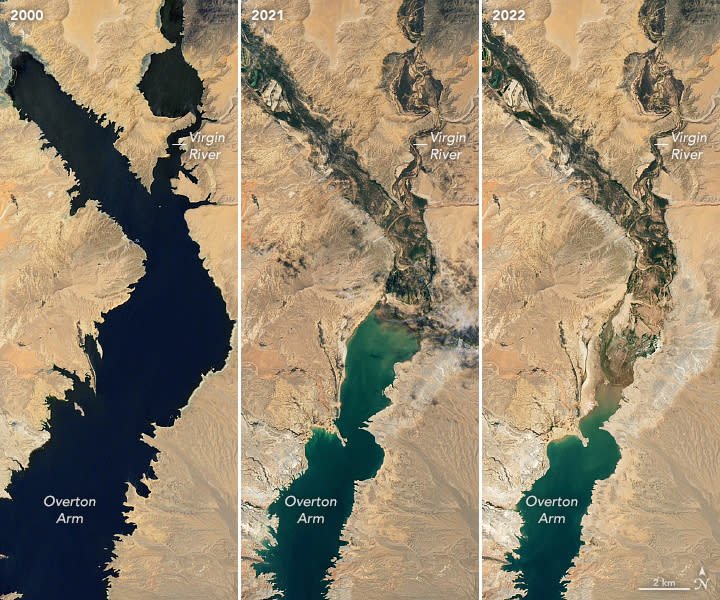fronobulax
Bassist, GAD and the Hot Mess Mods
- Joined
- May 3, 2007
- Messages
- 24,756
- Reaction score
- 8,889
- Location
- Central Virginia, USA
- Guild Total
- 5
Sometimes I wonder what the first settlers were thinking when they stood around in Los Angeles when it was an empty desert and said to themselves “yeah this will be a good place to build a city.” Same way places like North Dakota, Buffalo, etc. I guess people wound up there because they didn’t have anywhere else they could go. Or maybe that place had resources that could make them rich.Deadly landscapes yet humans still dared to populate.
There are a lot of places between the Mississippi and the Rockies that I look at and ask WTF were they thinking? Many times the answer is related to minerals - gold and silver being obvious. Free land from the Government was another reason. Rivers and railroads and proximity to mountain passes are others. The "origin story" of some settlements is sometimes hard to decipher because the railroads and/or mines that started the growth are just memories 100 years later.
Not sure why you included Buffalo since access to water can explain much about why it was founded and much of the water is still around. When you grow up along the Erie Canal...
